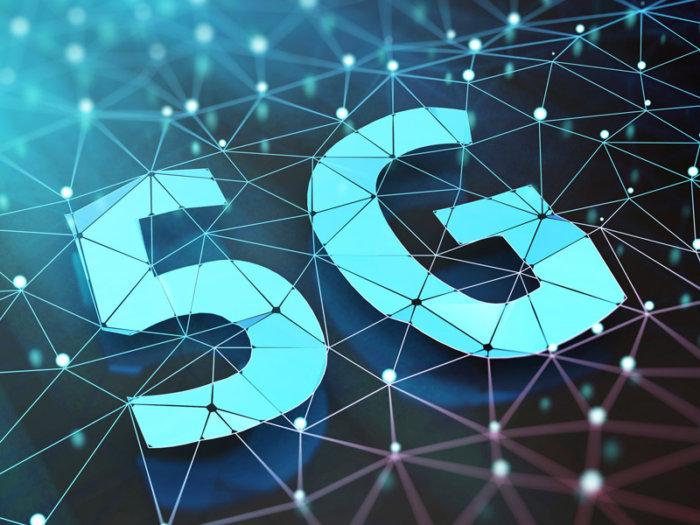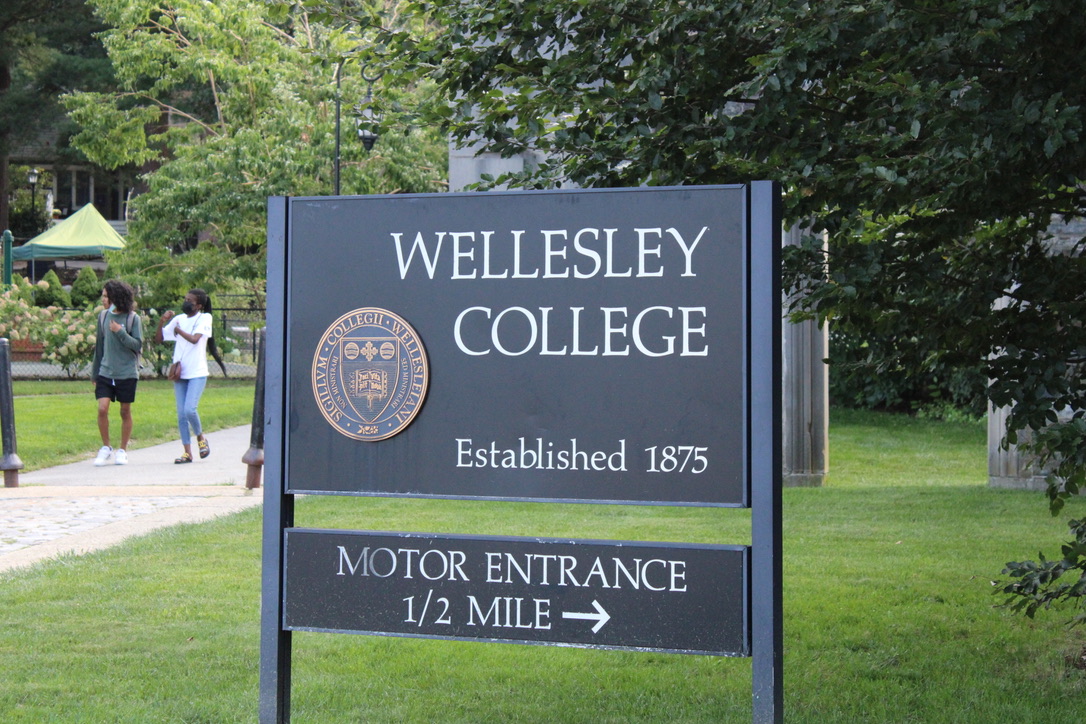The world is facing the next stage in technological advancement in the form of 5G, which will open up the next generation of cellular network technology to promise hyper-fast speeds and a near-infinite number of applications. But is the excitement about 5G premature, done up at the hands of an over-eager tech community and a hungry market? Concerns surrounding potential health effects, network security and sheer effectiveness take second stage to the new and exciting things 5G brings, including the convenience of hyper-fast speeds and an Internet of Things (IoT)-friendly ecosystem. Such concerns need to be re-addressed, especially if the emerging 5G market is to be properly and diligently regulated.
5G has three main uses: Enhanced Mobile Broadband (eMBB), Ultra Reliable Low Latency Communications (URLLC) and Massive Machine-Type Communications (mMTC). The first, eMBB ushers in the transition from 4G, the generation the majority of smartphone users know and love, to 5G, which promises faster connections, higher throughput and more capacity. 5G expects speeds of up to 100 gigabits per second, which is as much as 100 times faster than 4G. To get a better sense of what this means in day-to-day life, 5G would allow a user to download 4K movies in just eight seconds without wifi.
URLLC refers to latency, or the time it takes for one packet of data to reach from one designated location in your phone to another. Low latency is a key differentiator between the two generations, and this particular development would make the internet on one’s phone work like a wired fiber-optic connection — in other words, super fast.
Finally, mMTC can be used to connect a large number of devices in a wide area. 5G can support up to a million devices per square kilometer, as opposed to 4G, which can only support 100,000 devices in the same unit. Practical application of mMTC can be life-saving: mMTC event-driven traffic better accounts for variability and sporadically large influxes of data, such as in emergency alarming at events with hundreds, if not thousands, of users in close proximity, such as a music festival. However, the mMTC and URLLC are not slated for deployment in the next couple of years, but companies are moving to introducing eMBB.
In addition to being seen as a solution to the ‘last mile’ problem in wireless communications, 5G is being hailed as the final step to establishing the Internet of Things (IoT), the idea of which is to have multiple connected devices gathering data in real time over a particular period. 5G allows this because of URLLC, which releases the strain such continuous exchange would exert on a 4G network. Thus 5G would bring self-driving cars onto our roads, remote healthcare in rural areas and smart cities, a general term that envisions IoT-enhanced water and waste management systems, traffic monitoring and better improved infrastructure.
That all sounds fine and good. Great, even, as business media outlets publish how-to guides on investing in 5G technology. But the potential a global 5G network has must be evaluated alongside the harder-to-find considerations such as health effects, security and general efficacy.
First, it is frankly no surprise that a new technology comes under the scrutiny of health officials. In January 2019, a group of over 180 scientists and doctors across 36 countries sent a letter to the European Union demanding a moratorium on 5G coverage in Europe until the human health risks could be fully and comprehensively investigated. In the letter, the doctors write: “The lack of clear evidence to inform the development of exposure guidelines to 5G technology leaves open the possibility of unintended biological consequences.”
Second, conversations about 5G often include mention of Huawei, the Chinese company that provides telecommunications equipment and electronics such as smartphones. The largest telecommunications manufacturer and the second-largest smartphone maker in the world Huawei has faced difficulties with the US market in particular due to allegations of backdoor surveillance and general cybersecurity concerns. While evidence of backdoors is yet to be revealed, previous incidents of alleged espionage at the African Union and evidence that suggests that the Huawei employees have closer ties to Chinese intelligence agencies than the company has previously assured, among other situations, have led many experts to grow wary of Huawei.
Third, overhauls of this nature is rife with risk and potential failure. A key issue is building the infrastructure to support the 5G network. 5G plans indicate a transition to millimeter waves, which are much shorter than microwaves. This means that the cells are limited to a smaller size and the waves have difficulty passing through walls. More base stations would need to be built to support the network, limiting the network from going beyond dense urban areas in the form of 5G hotspots. The exciting applications of IoT in rural medical care, then, would likely fall flat, and the transition from 4G to 5G would leave behind many parts of the world, intensifying the problems associated with global connectivity inequalities.
Telecommunications companies are forging ahead with innovative applications, as the rules of market-driven competition demand. But policymakers are stuck in a difficult place of trying to regulate an industry of which they have very little technical understanding. The danger lies ultimately in policymakers falling back on the invisible hand and letting the easily manipulatable consumer market decide what it wants, but the increasingly entangled connections 5G promises will likely put national security and individual safety at great risk. In other words, the global political and tech market ecosystems are showing exactly how incompatible and unready they are at the verge of the next global technological transition.







Susan Brinchman | Sep 26, 2019 at 9:57 am
Big Wireless has gone way too far. 5G is a menace in so many ways. It requires the blanketing of 4G and 5G small cells in close proximity to our homes, schools, and businesses, thus exposing us to what independent scientists, in tens of thousands of study, reveal to be significantly harmful to all biological beings. Hello ~ that’s us and every vital part of the web of life. Sound worth destroying the world for? I don’t think so. http://www.electrosmogprevention.org for more info
Kirstin Beatty | Sep 25, 2019 at 5:30 pm
Thank you for the observation that legislators have difficulty regulating this technology. I’d like to refer you to Last Tree Laws for more information on legislation and a relevant ballot measure for Massachusetts. Much of the relevant legislation I wrote, including S. 207, to hard-wire public buildings and infrastructure. Writing legislation was time-consuming but necessary.
Yesterday I testified on behalf of S. 207, and brought in a CSV file of supporters. I hope others consider signing on in support at Last Tree Laws. I continue to update the CSV file of supporters with the General Court on various relevant bills, and have been told that numbers matter.